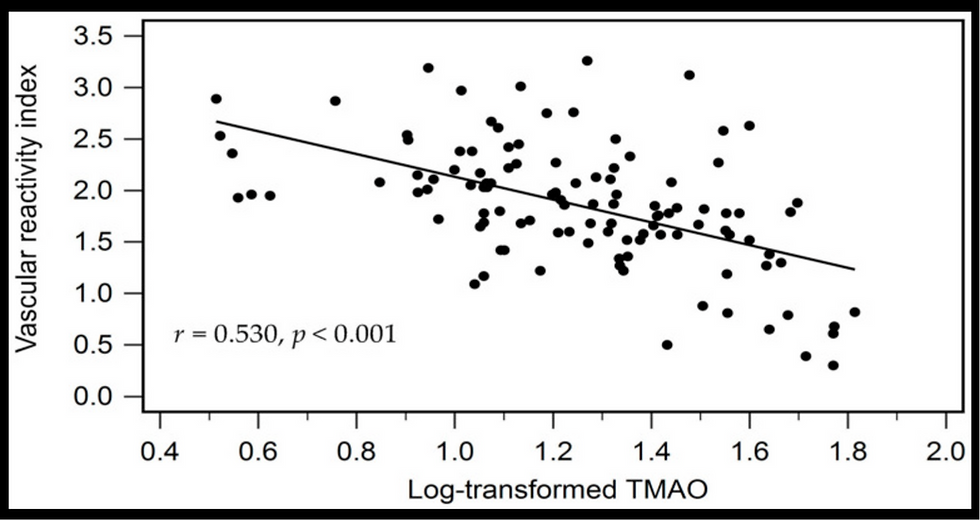New MRI Study from MGH Links Neurological Consequences
- heartlung
- Jan 16, 2023
- 4 min read
Updated: Jan 18, 2023
of COVID to Microvascular Endothelial Dysfunction
J Neurol Sci 2021 Jan 15;421:117308. .
Susceptibility-weighted imaging reveals cerebral microvascular injury in severe COVID-19
John Conklin 1, Matthew P Frosch 2, Shibani S Mukerji 3, Otto Rapalino 4, Mary D Maher 4, Pamela W Schaefer 4, Michael H Lev 4, R G Gonzalez 4, Sudeshna Das 3, Samantha N Champion 5, Colin Magdamo 3, Pritha Sen 6, G Kyle Harrold 3, Haitham Alabsi 3, Erica Normandin 7, Bennett Shaw 8, Jacob E Lemieux 6, Pardis C Sabeti 7, John A Branda 9, Emery N Brown 10, M Brandon Westover 3, Susie Y Huang 1, Brian L Edlow 11
Affiliations collapse
Affiliations
1 Department of Radiology, Massachusetts General Hospital and Harvard Medical School, Boston, MA, United States of America; Athinoula A. Martinos Center for Biomedical Imaging, Massachusetts General Hospital, Charlestown, MA, United States of America.
2 C.S. Kubik Laboratory for Neuropathology, Massachusetts General Hospital, Boston, MA, USA; Department of Neurology, Massachusetts General Hospital and Harvard Medical School, Boston, MA, United States of America.
3 Department of Neurology, Massachusetts General Hospital and Harvard Medical School, Boston, MA, United States of America.
4 Department of Radiology, Massachusetts General Hospital and Harvard Medical School, Boston, MA, United States of America.
5 C.S. Kubik Laboratory for Neuropathology, Massachusetts General Hospital, Boston, MA, USA.
6 Division of Infectious Diseases, Massachusetts General Hospital and Harvard Medical School, Boston, MA, United States of America.
7 Broad Institute, Massachusetts Institute of Technology and Harvard University, Cambridge, MA, United States of America.
8 Division of Infectious Diseases, Massachusetts General Hospital and Harvard Medical School, Boston, MA, United States of America; Broad Institute, Massachusetts Institute of Technology and Harvard University, Cambridge, MA, United States of America.
9 Department of Pathology, Massachusetts General Hospital and Harvard Medical School, United States of America.
10 Department of Anesthesia, Critical Care & Pain Medicine, Massachusetts General Hospital and Harvard Medical School, Boston, MA, United States of America.
11 Athinoula A. Martinos Center for Biomedical Imaging, Massachusetts General Hospital, Charlestown, MA, United States of America; Center for Neurotechnology and Neurorecovery, Massachusetts General Hospital, Boston, MA, United States of America; Department of Neurology, Massachusetts General Hospital and Harvard Medical School, Boston, MA, United States of America. Electronic address: bedlow@mgh.harvard.edu.
Abstract
We evaluated the incidence, distribution, and histopathologic correlates of microvascular brain lesions in patients with severe COVID-19. Sixteen consecutive patients admitted to the intensive care unit with severe COVID-19 undergoing brain MRI for evaluation of coma or neurologic deficits were retrospectively identified. Eleven patients had punctate susceptibility-weighted imaging (SWI) lesions in the subcortical and deep white matter, eight patients had >10 SWI lesions, and four patients had lesions involving the corpus callosum. The distribution of SWI lesions was similar to that seen in patients with hypoxic respiratory failure, sepsis, and disseminated intravascular coagulation. Brain autopsy in one patient revealed that SWI lesions corresponded to widespread microvascular injury, characterized by perivascular and parenchymal petechial hemorrhages and microscopic ischemic lesions. Collectively, these radiologic and histopathologic findings add to growing evidence that patients with severe COVID-19 are at risk for multifocal microvascular hemorrhagic and ischemic lesions in the subcortical and deep white matter.
Keywords: COVID-19; Coma; MRI; Susceptibility-weighted imaging.

Discussions: … “These correlative radiologic-pathologic findings add to the growing literature on the neurological effects of COVID-19 and offer insight into the mechanisms of brain injury in severe COVID-19. The neuroanatomic distribution of the microvascular lesions, particularly the callosal and capsular predominance, has been reported as a rare complication of ARDS, high altitude exposure, and extracorporeal membrane oxygenation (ECMO) – all of which are associated with cerebral hypoxia [19,20]. Endothelial cell infection and endotheliitis have been described in extracerebral organs of patients with COVID-19 [4], presumably mediated via the ACE2 receptor, which is also found in brain endothelial cells [21]. These findings thus suggest a potential role for hypoxic microvascular injury or endothelial dysfunction in the pathogenesis of cerebral microvascular injury in severe COVID-19. It is important to acknowledge that the presence of microvascular lesions does not necessarily imply that such lesions are directly caused by COVID-19, or that all lesions reflect an acute etiology of brain injury. A subset of the lesions could be due to pre-existing microvascular lesions for example due to amyloid angiopathy or chronic hypertension, although the observed distribution including prominent callosal involvement would be unusual for these entities. Further, the relationship between microvascular injury and other neuroimaging findings observed in these patients (e.g., large artery infarcts, other types of intracranial hemorrhage, and parenchymal restricted diffusion suggesting hypoxic-ischemic injury) remains uncertain. Future work is needed to elucidate the inter-relationships between these pathophysiologic processes. If replicated, these observations have clinical relevance at the individual patient and population levels. For individuals, detection of diffuse microvascular injury may be clinically actionable. Differentiating microhemorrhage from microthrombosis remains a diagnostic challenge because both appear hypointense on SWI. Nevertheless, identification of SWI lesions could alter the risk-benefit analysis of anticoagulation, a particularly important consideration given the hypercoagulability observed in COVID-19 patients [22]. At the population level, these imaging findings raise fundamental questions about neuroprotective strategies in COVID-19 patients undergoing mechanical ventilation for hypoxic respiratory failure. Could tracking serum-based biomarkers of bleeding, hypercoagulability, and COVID-related hyperinflammatory states or cytokine release syndrome [23] identify patients at risk for cerebral microhemorrhage and ischemia? Could COVID-19-related hypoxia contribute to the pathogenesis of microvascular injury, as suggested by reports of patients with ARDS and “critical illness-associated cerebral microbleeds”? [19,20] Finally, does cerebral microvascular injury contribute to the prolonged unresponsiveness being observed in survivors of severe COVID-19? [2,3,11] All of these questions warrant urgent, systematic investigation to optimize neurologic outcomes in patients with severe COVID-19. Full-Text
![Lipoprotein(a) levels predict endothelial dysfunction in maintenance hemodialysis patients: evidence from [VENDYS] vascular reactivity index assessment](https://static.wixstatic.com/media/dac531_5285607cc591409a9d83746f042af7c6~mv2.png/v1/fill/w_980,h_980,al_c,q_90,usm_0.66_1.00_0.01,enc_avif,quality_auto/dac531_5285607cc591409a9d83746f042af7c6~mv2.png)


Comments